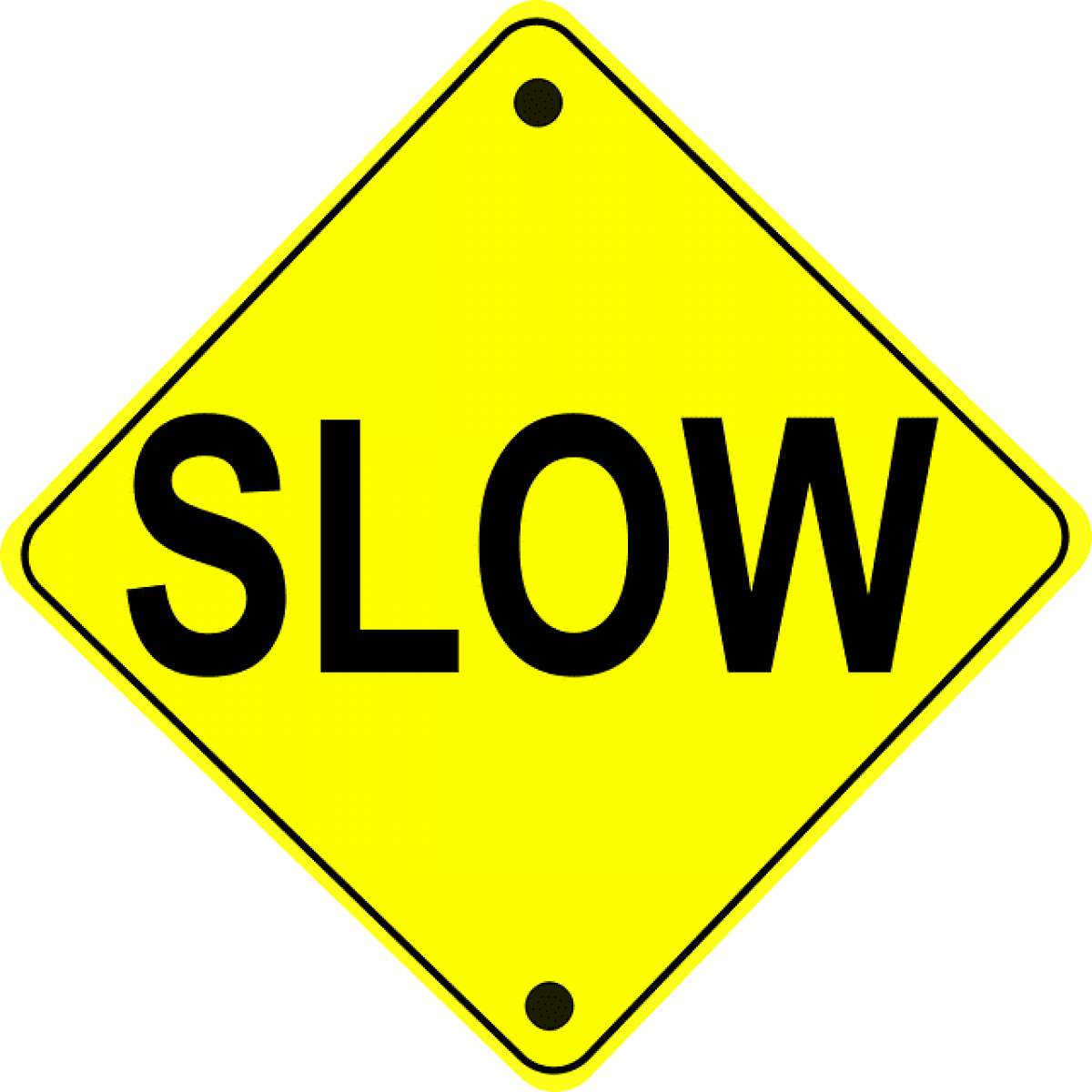Fidante Partners, part of the Challenger Limited Group, has issued a white paper on the performance of hedge funds of various strategies in the slowdown and recession phases of a business cycle.
The report, written by Joachim Klement, Fidente’s head of investment research, posits that the world is now in a slow-down stage, with the yield curve flattening as central banks hike interest rates, and as expectations of lower inflation (along with lower real growth) cause a decline in long-term rates. Fidante expects “slowdown” conditions to prevail for the next 12 to 18 months. If the cycle holds true to form, recession will follow.
Klement argues that the performance of hedge funds in such a period depends upon the strategy of the fund. The returns for macro hedge funds accelerate as the economies slow down, because this is a volatile phase and macro funds play off that volatility. Short-biased hedge funds, too, can show better performance during this period.
Other strategies, including statistical arb and equity market neutral, “barely differ in their risk-return profile during the late stage of the cycle from their long-term averages.” Those are the strategies that work to exploit mispricing, and the relevant mispricings can occur at any phase of the business cycle.
Still other strategies face greater challenges at this point—the returns for long/short equity, event-driven funds, and relative value, on the other hand, decline in this phase of the cycle.
Optimism about multi-strategy funds
Klement’s report is optimistic about multi-strategy funds, which provide one of the best risk-return trade-offs all around the cycle, and in particular “tend to outperform single-strategy hedge funds by a wide margin” during a slowdown.
When Klement says that the risk-return tradeoff is a good one for the multi-strategies, he is talking for the most part about how that tradeoff shows up in the old-school Sharpe ratio. He also says though, that Fidente has done the analysis with “more sophisticated measures of return relative to downside risk,” and that the result in terms of the relative attractiveness of hedge funds of different strategies is not affected by the specific risk-return metric adopted.
Multi-strategy funds have had an annualized positive return of 0.9% in times of equity market declines. That doesn’t sound impressive, but … they showed positive performance in 62% of the situations in which equity prices declined on a rolling three-month basis. Furthermore, if the crisis of 2008 is excluded from the data as an outlier, multi-strategy hedge funds showed positive performance in 81% of those situations.
Short-biased hedge funds, unsurprisingly, do well in down markets. They exist for that purpose. But they raise a market timing issue for investors, because the boundaries of the slowdown phase are obvious only in retrospect, they don’t announce themselves in advance like, say, the arrival of the month of January.
The multi-strategies, on the other hand, not only “can deliver positive returns when equity markets correct but tend also to provide attractive risk-adjusted returns when they don’t.”
Some of you may have thought, at the above reference to the idea of throwing 2008 out as an outlier … “whoa. That’s a bit of statistical gerrymandering!”
Perhaps it is. Klement acknowledges that such funds did have statistical drawdowns during that period. If an investor is concerned that the may be a repeat of those extreme dislocations, then he may sensibly be wary.
For that matter, the GFC was not entirely unique. As Klement writes, “In the aftermath of the LTCM debacle in 1998 and during the Eurozone debt crisis of 2010 to 2012, some multi-strategy hedge funds experienced significant drawdowns” because their portfolios were overly dependent on individual strategies that suffered severe losses.
Investors made wary by such examples might want to consider volatility hedge funds as alternative way of protecting against an equity downturn and productive attractive risk-adjusted returns during the last stages of the business cycle. According to Bloomberg data, volatility funds produce better that 5% annualized return during slowdowns with an annualized volatility of less than 6%.




